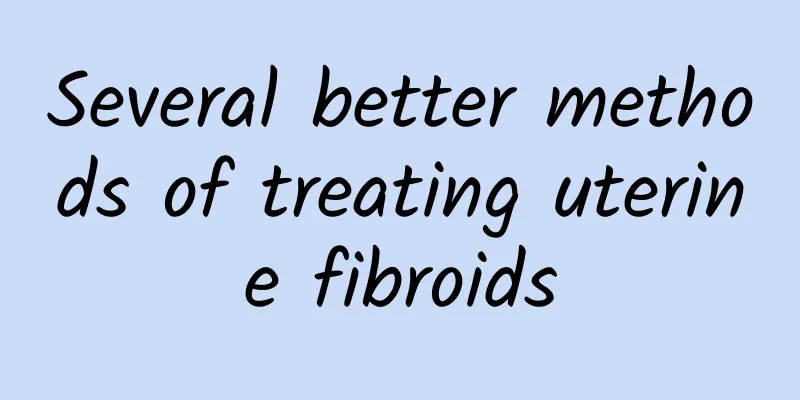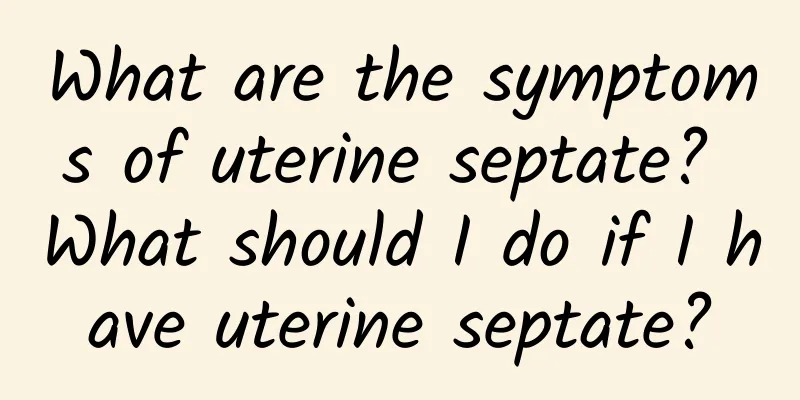What are the traditional Chinese medicines for treating pelvic effusion?

|
Pelvic effusion can be divided into physiological pelvic effusion and pathological pelvic effusion according to pathological factors. Physiological pelvic effusion often occurs after women ovulate or in early pregnancy, and can disappear naturally without treatment. So what are the traditional Chinese medicines for pelvic effusion? Since pelvic effusion is a common sign of chronic pelvic effusion, it is often caused by the failure to completely treat acute pelvic effusion, or the poor physical condition of the patient and the prolonged course of the disease. Therefore, the traditional Chinese medicine's view on pelvic effusion can be based on the traditional Chinese medicine signs of chronic pelvic effusion. Now let's take a look at the Chinese patent medicines for pelvic effusion: 1. Heat and toxicity type: (1) Qingkailing injection: intramuscular injection, 2-4 ml each time for adults, 1-2 times a day. Intravenous drip, 20-40 ml per day, diluted in 200 ml of 10% glucose injection or 100 ml of 0.9% sodium chloride injection. (2) Gynecological Qianjin Tablets: 4 tablets each time, twice a day, with warm water. 2. Damp-heat type (1) Golden Chicken Capsule: 4 capsules each time, 3 times a day, with warm water. (2) Gynecological leucorrhea-stopping tablets: 4-6 tablets each time, 2-3 times a day, with warm water after meals. (3) Longdan Xiegan Pills (tablets): Water pills for adults: 3-6g each time, 3 times a day, with warm water. This dose is 4-6 tablets each time, 3 times a day, with warm water. (4) Baidai Pills: Take 1 pill each time, twice a day, with warm water. 3. Damp-heat abdominal stagnation type: (1) Fuyan Kangfu Tablets: 6 tablets each time, 3 times a day, with warm water. (2) Huahong Granules: Take 1 bag each time, 2-3 times a day, with boiled water. 4. Blood stasis type: (1) Women’s Dysmenorrhea Pills: 9g each time, twice a day, with warm water. (2) Guizhi Fuling Pills: Take 1 pill each time, 3 times a day, with warm water. (3) Huoxue Zhitong San: 1.5-3g each time, twice a day, with warm water. 5. Chong and Ren meridians are cold and weak: (1) Zhidai Pills: 3-6g each time, 2-3 times a day, with warm water. (2) Gynecological White-Diarrhea Pills: 3g each time, 3 times a day, with warm water. (3) Kunling Pills: Take 15 pills each time, twice a day, with warm water. The above are the medications for treating pelvic effusion. There are many types, and the principle of medication is to choose according to the condition and use it under the guidance of a doctor. |
<<: How to check for pelvic effusion
>>: What is the best way to treat pelvic effusion?
Recommend
Can irregular menstruation cause spots on the face?
Menstruation, also known as menstruation, is one ...
Precautions for preventing irregular menstruation
Daily life conditioning is very important for pre...
Examinations that should be done for patients with congenital absence of vagina
Congenital absence of vagina is a common gynecolo...
Transform into a beautiful witch! Nutritionist: A balanced diet of three vegetables and two fruits
The topic of "beauty witches" is hot, a...
Vivian Hsu challenges to lose 3 kg in 18 days. Nutritionist: Losing weight like this will make you look more sexy
After the famous artist Vivian Hsu gave birth to ...
How long after curettage can I have sex? The harm of having sex too early after curettage
For most female friends, they have certain gyneco...
A brief discussion on the harm of uterine fibroids
Uterine fibroids are a common benign tumor in mid...
Nursing intervention for patients with Bartholinitis
Bartholinitis is a disease that usually occurs in...
Numbness and pain in hands and feet... Study: Lipoic acid can relieve peripheral neuropathy caused by cancer chemotherapy
Cancer has been ranked first among the top ten ca...
The most important preventive measures for vaginitis
Vaginitis is very common in life. After suffering...
What are the causes of cervical erosion?
What are the causes of cervical erosion? Experts ...
Cost of treating a minor threatened miscarriage
Many pregnant mothers become nervous when they ex...
Symptoms of severe cervical hypertrophy
Symptoms of severe cervical hypertrophy include a...
What are the specific hazards of cervical erosion?
What are the hazards of cervical erosion? In fact...
What are the causes of adnexitis?
Adnexitis is divided into two types: acute and ch...









